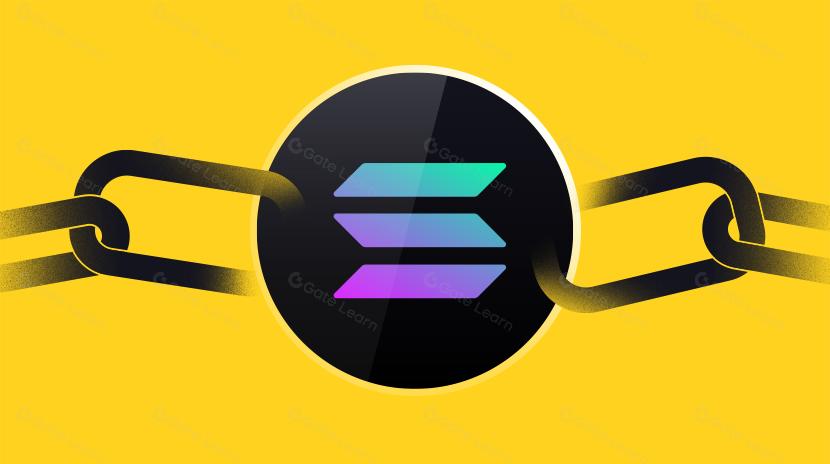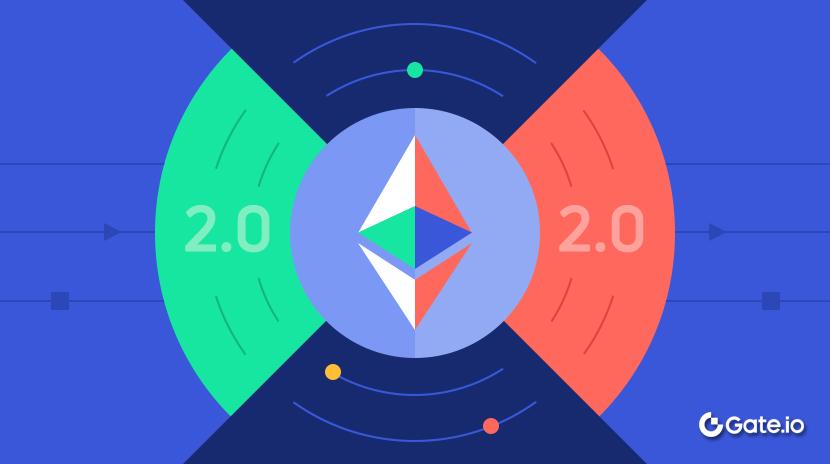Rooted in Shanghai, Blooming in Hong Kong: The Dual Acceleration of Digital RMB and Offshore RMB Stablecoins
Introduction
Today, rumors circulated that “JD and Ant Group were denied the opportunity to exit their stablecoin licenses by the PBOC,” and many influencers quickly deleted their posts, exposing a lack of critical thinking. While Hong Kong’s stablecoin regulations and the new guidance bring many new restrictions, what is the real underlying logic? The core goal is to restrict US dollar stablecoins and create room for offshore RMB stablecoins—limiting retail participation and prioritizing the growth of the institutional stablecoin market.
Most likely, the rejection of JD and Ant Group by the PBOC was due to them being turned down for an offshore RMB stablecoin. Joycoin is targeting a Hong Kong dollar stablecoin, and if an offshore RMB stablecoin is approved, it’s most likely to come first from major Chinese financial institutions with banking operations in Hong Kong (meaning centrally controlled state-owned financial enterprises), rather than JD or Ant Group.
This topic leads us to a discussion on Hong Kong stablecoins, offshore RMB stablecoins, and the potential of digital RMB. To avoid any regulatory misunderstandings, disclaimer: all scenarios described here are fictitious and for the purpose of illustration only.
Main Content
Just a few days before Hong Kong’s Stablecoin Regulations officially took effect, Phoenix New Media’s Digital Economy Channel interviewed Huaxia Digital Capital to interpret the new stablecoin laws. One question stood out: Can you give a vivid analogy for the relationship between digital RMB and stablecoins? I compared it to a large tree: digital RMB and offshore RMB stablecoins form a new financial tree, rooting in the “fertile soil” of Shanghai’s Lingang Free Trade Zone. The trunk channels data pulses of digital RMB backed by the central bank, and its branches and leaves stretch into Hong Kong’s ocean breeze, bearing offshore “CNHC” fruits. The plant’s growth is deliberate and organic, not mechanical assembly. Digital RMB and offshore RMB stablecoins are not substitutes; they work side by side in a “dual-track” model to jointly advance RMB’s global circulation.
Roots, Trunk, and Leaves: Understanding the Dual-Track Model
1. Shanghai Roots: Deeply Anchored in the Real Economy
As China’s largest onshore RMB center, the Lingang Free Trade Zone in Shanghai serves as the root system supporting the entire RMB ecosystem. In this “fenced-in” environment, large-value B2B cross-border e-commerce, auto exports, and green energy equipment transactions use digital RMB as the entry point. These funds get converted via PBOC interfaces into CNHC stablecoins within Hong Kong’s sandbox, allowing enterprises to settle payments on-chain. This approach keeps funds confined to the closed loop of trade, shielding them from external capital movement. With this model, companies can settle payments in a matter of minutes—far faster than the two to three days required by traditional SWIFT settlement.
The goal of this root system is to inject robust liquidity into RMB stablecoins through substantial trading volume. By 2030, cross-border payments could reach RMB 1 trillion, with on-chain RWA financing climbing to RMB 500 billion, progressively enhancing the international prominence of the RMB.
2. Digital RMB: The Sturdy Central Trunk
The digital RMB acts as a resilient trunk—essentially a robust pipeline for the RMB payments network. It connects the Shanghai roots to Hong Kong’s branches, serving as the critical conduit. In Shanghai, digital RMB primarily handles domestic RMB interbank lending and FX settlement. Once funds need to move cross-border, they are batch-converted into CNHC through central bank interfaces and enter overseas markets.
This centralized design ensures effective regulatory oversight while providing the flexibility needed for efficient capital flows. Through this “temperature control valve” system, the PBOC can tightly regulate cross-border fund flows, while still granting flexibility and speed for global payments.
3. Hong Kong CNHC: Vibrant Green Leaves Facing the World
Hong Kong, as the world’s top offshore RMB hub, functions as the branches and green leaves—reaching out to the global capital markets. CNHC operates as both an on-chain “bill” for RMB-denominated assets and a nimble tool for cross-border micropayments, circulating quickly worldwide. The Hong Kong Monetary Authority enforces strict standards to ensure every CNHC is backed 1:1 by RMB cash or highly liquid notes, and supports issuance on multiple blockchains.
The Hong Kong-issued CNHC is designed to support international trade and capital flows, and it plays a key role in the clearing of RMB-denominated assets like green energy, mineral resources, and tokenized Hong Kong stocks. Market research indicates that if CNHC can reach 4x leverage, it would be sufficient to support RMB 40 trillion in annual trade clearing—putting the RMB in direct competition with USD stablecoins throughout the East Asia, Central Asia, and Middle East trading corridors and beyond.
How Do the Roots Nourish the CNHC Leaves?
The entire capital flow mechanism is like a finely tuned ecosystem, designed to guarantee offshore RMB stablecoins’ global liquidity and usability. Here’s a hypothetical scenario for the flow of RMB capital (entirely fictional—do not take literally):
(1) FT Accounts and Electronic Fence Chains: In Shanghai’s Free Trade Zone, RMB funds are first converted to digital RMB via FT accounts, under regulatory oversight to ensure outbound compliance.
(2) Central Bank Cross-Border Four-Way Valve: The PBOC leverages this “temperature control valve” to verify identity and transaction authenticity, ensuring regulatory compliance.
(3) Shanghai-Hong Kong Dual Bridge: Funds are batched from Shanghai’s digital RMB pools into reserve accounts at Hong Kong custodian banks, where they are converted into CNHC.
(4) Multi-Chain Synchronized Minting: Licensed stablecoin issuers in Hong Kong mint CNHC across several blockchains (e.g., Ethereum, Solana, BNB Chain) according to reserve balances.
(5) Reverse Redemption: Through Hong Kong clearing banks (like Bank of China Hong Kong) or market makers, users can redeem CNHC for digital RMB via the four-way valve and bring funds back onshore.
This workflow operates much like a “triple-protection tunnel” in financial markets, preventing capital flight and reinforcing trade compliance. For qualifying businesses and individuals, this process is nearly instantaneous.
Dual-Track Regulatory Technology System
To ensure the safety and compliance of cross-border RMB flows in the dual-track model, both Shanghai and Hong Kong regulators should build robust, highly efficient regulatory tech frameworks:
On the Shanghai side, FT accounts and electronic fencing technology are central. Dedicated free trade accounts create a closed-loop for funds within each account, enabling precise monitoring. Central bank and commercial bank collaboration makes sure every transfer is tied to genuine trade. Electronic fencing enables pinpoint control and tracking of fund use, ensuring all capital serves compliant cross-border trade. The central bank’s cross-border four-way valve provides an “identity verification and transaction authenticity” checkpoint, vetting each digital RMB conversion to CNHC for compliance. Integrated on-chain/off-chain data, AI, and big data enable dynamic, real-time risk detection—guarding against money laundering and capital flight.
For Hong Kong, under the Stablecoin Regulations, the Hong Kong Monetary Authority mandates rigorous “reserve asset custody and transparency mechanisms.” CNHC reserves are segregated and regularly audited by selected local custodian banks (e.g., Bank of China Hong Kong). Real-time reconciliation between on-chain reserves and off-chain custodial funds is achieved through blockchain-based “proof of reserve” protocols.
Additionally, CNHC’s multi-chain issuance relies on the immutability of distributed ledgers and on-chain tracking, with smart contracts recording, tracing, and granting permanent auditability to every cross-chain asset transfer—ensuring full transparency and regulatory oversight for capital flows.
Together, these measures empower Shanghai and Hong Kong to build a highly secure cross-border capital oversight regime. Every on-chain movement can be precisely traced back to its source, thwarting illegal outflows and optimizing cross-border settlement efficiency and safety. This dual-jurisdiction, innovative regulatory approach lays a solid technical and compliance foundation for the internationalization of the RMB and the global growth of offshore RMB stablecoins.
The Significance, Risks, and Challenges of a Dual-Track System
The “digital RMB + RMB stablecoin” dual-track approach isn’t a simple division—it’s an architecture designed to balance efficiency with security, central bank oversight with market-driven vitality. In terms of payment efficiency, a purely central-bank-led digital RMB system is compliant and robust, but being on permissioned chains, struggles to deliver global 24/7 real-time cross-border transactions. On the other hand, depending solely on a market-drive offshore CNHC stablecoin makes the system vulnerable to reserve asset volatility and risk management failures: if it loses its peg, confidence can be shaken.
The dual-track model resolves this dilemma: the digital RMB serves as the main expressway—upholding sovereignty, compliant identities, and clean capital flows—while CNHC acts as the secondary and branching roads, providing speed, flexibility, and lower costs to reach every corner of the world where RMB demand exists. As the Bank for International Settlements (BIS) notes, “The central bank is the main root; private institutions are the branches.” The essence of dual-track is the central bank’s fundamental control, unleashed alongside market expansion at the edges.
But this system is not without challenges. For example, if Hong Kong interest rates swing dramatically or reserve asset yields fall behind, CNHC could be dumped en masse, creating depegging risk. If regulations are ambiguous elsewhere, network expansion may stall, hurting trade closure. Should the central bank-led cross-border system face a technical failure, the bridge between the tracks could break. So, while the dual-track system promises great potential, it demands institutional, technical, and global coordination safeguards.
In summary, the “digital RMB and offshore RMB stablecoin” dual-track model reflects a delicate balance between fintech innovation and regulatory oversight. Shanghai acts as the onshore anchor, while Hong Kong serves as the global offshore RMB hub—together, they’re powering offshore RMB stablecoins (CNHC) onto the world stage. Despite technical, regulatory, and market risks, with strong governance, risk controls, and technology advances, the RMB dual-track model is poised to become a highly competitive framework for internationalizing the RMB. Looking forward, as global policies and technology mature, and more assets worldwide are denominated in offshore RMB stablecoins, the RMB is set to play an increasingly active and central role in the global digital economy.
Huaxia Digital Capital is a digital investment banking firm specializing in the RWA (Real World Asset tokenization) segment, focusing on RWA market research and education, issuance and investment incubation, RWA asset management platforms, and digital financial innovation—bridging real-world assets with crypto market value.
ARAW Always RWA Always Win!
In 2025, the RWA market is expected to carve out its niche rapidly through compliance-driven growth. If you’re interested in RWAs and stablecoin topics, add WeChat user “yekaimeta” to join the discussion group.
Disclaimer:
- This article is reprinted from [BlockBeats], and copyright belongs to the original author [Ye Kai]. If you have any issues with this reprint, please contact the Gate Learn Team. The team will address the matter promptly following established procedures.
- Disclaimer: The views and opinions expressed in this article are solely those of the author and do not constitute investment advice.
- Other language versions are translated by the Gate Learn Team. Without referencing Gate, reproduction, distribution, or plagiarism of translated articles is prohibited.
Related Articles

The Future of Cross-Chain Bridges: Full-Chain Interoperability Becomes Inevitable, Liquidity Bridges Will Decline

Solana Need L2s And Appchains?

Sui: How are users leveraging its speed, security, & scalability?

Navigating the Zero Knowledge Landscape

What is Tronscan and How Can You Use it in 2025?
